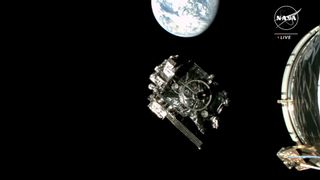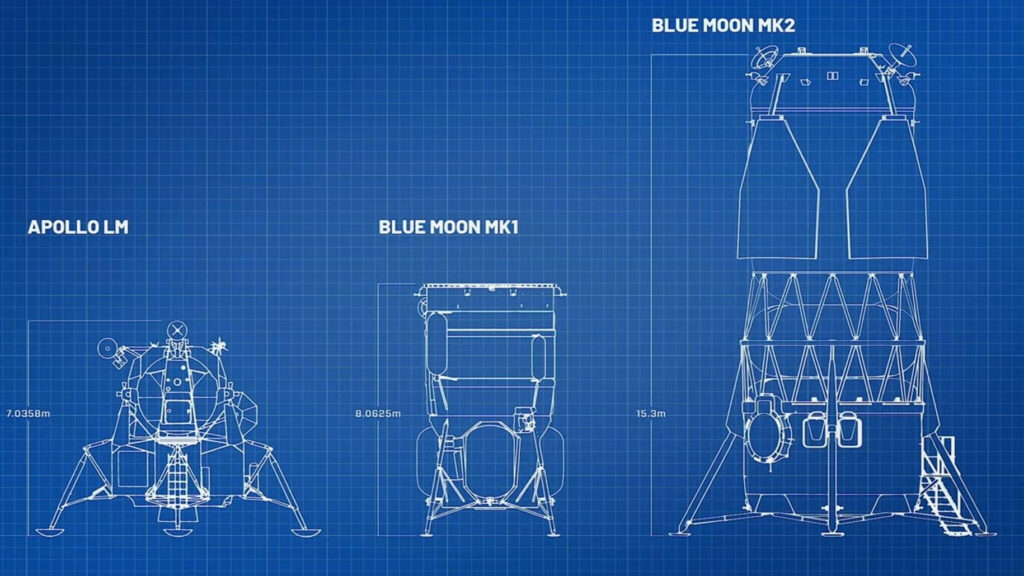The launch of NOAA’s powerful new GOES-U weather satellite did not disappoint.
The satellite took off on Tuesday (June 25) atop a SpaceX Falcon Heavy rocket in a picture-perfect launch under a clear blue sky at Launch Complex 39A at NASA’s Kennedy Space Center in Florida. The launch marked the 10th launch of Falcon Heavy, and lofted the fourth and final member of the U.S. National Oceanic and Atmospheric Administration’s (NOAA) GOES-R series of weather spacecraft.
Four and a half hours after take off, Falcon Heavy’s second stage deployed GOES-U into space as Earth shined brightly in the background. The bus-sized spacecraft can be seen floating serenely away, ready to join its place alongside the other GOES satellites in geostationary orbit (GEO) above the Western Hemisphere.

GOES-U will be much more powerful than previous GOES satellites, with five times the imaging speed as its older siblings and four times the image quality. It will also feature a new sensor known as the Geostationary Lightning Mapper (GLM), which will allow scientists to view lightning strikes 24 hours a day.
Lockheed Martin, the aerospace manufacturer that built the satellite, celebrated the deployment in a statement that underscores the value the GOES-R constellation brings to people on the ground every day.
“The launch of GOES-U is the culmination of more than 16 years of designing, building and launching four important weather satellites for our nation,” said Jagdeep Shergill, GOES-U program manager at Lockheed Martin. “Since the launch of the first GOES-R satellite, our nation has had more accurate weather forecasts and more timely severe storm warnings, and this critical service has positively affected everyone in the U.S.”

The satellite won’t only be monitoring weather on Earth, however; GOES-U is equipped with a new instrument known as a Compact Coronagraph (CCOR) that will help it monitor space weather outside of Earth’s atmosphere, keeping an eye on solar events that could impact our planet.
RELATED STORIES:
Now that it has been completed by the GOES-U deployment, NOAA’s GOES-R weather satellite constellation will remain operational into the next decade. Following that, the likewise Lockheed Martin-built Geostationary Extended Observations (GeoXO) satellite system will take its place. The first launch of a GeoXO satellite is expected no earlier than 2032.
The launch of GOES-U from NASA’s Kennedy Space Center adds to the five-decade long partnership between NOAA and the space agency. Together, NOAA and NASA operate over 60 satellites that provide crucial data used in weather forecasting, climate studies and storm prediction.



